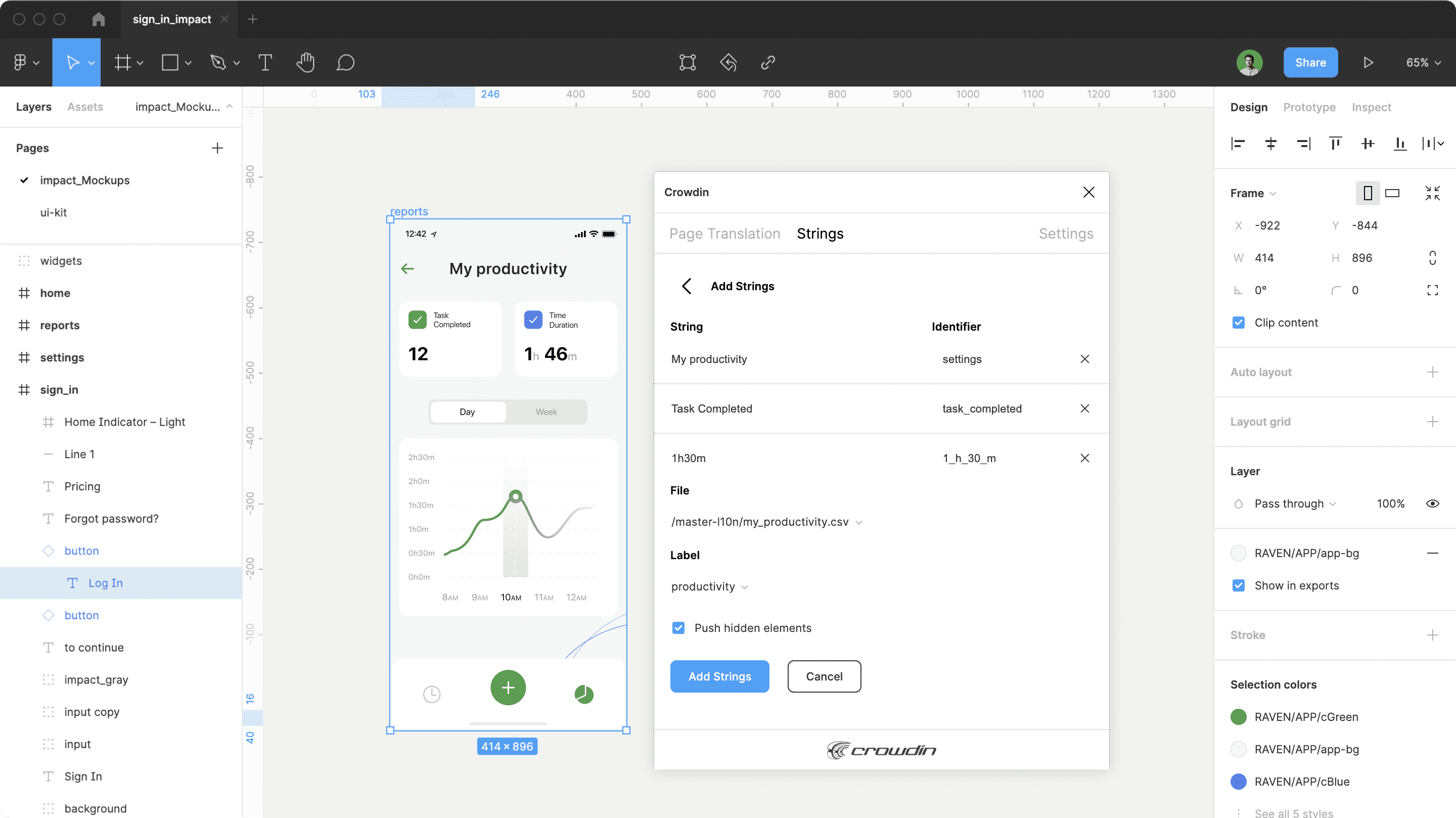April 29
UI/UX Role Interview Preparation Check out this link and this link for the full YouTube videos that I watched to come to these conclusions. So. The semester comes to a close, and this might be the final post! I wanted to leave with ideas of how to move from design thinking into a design career, …








